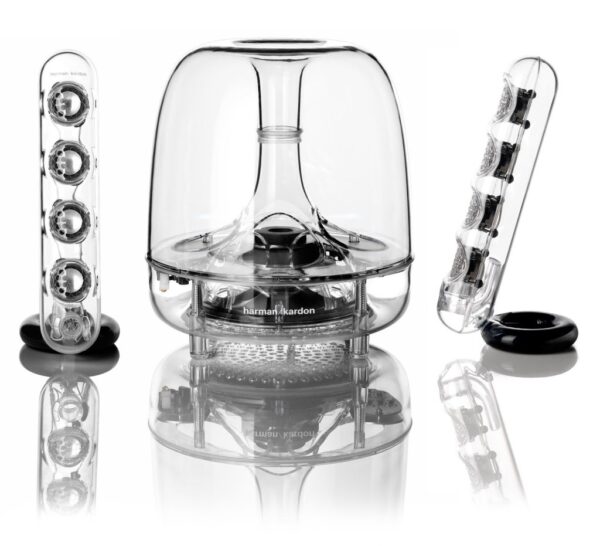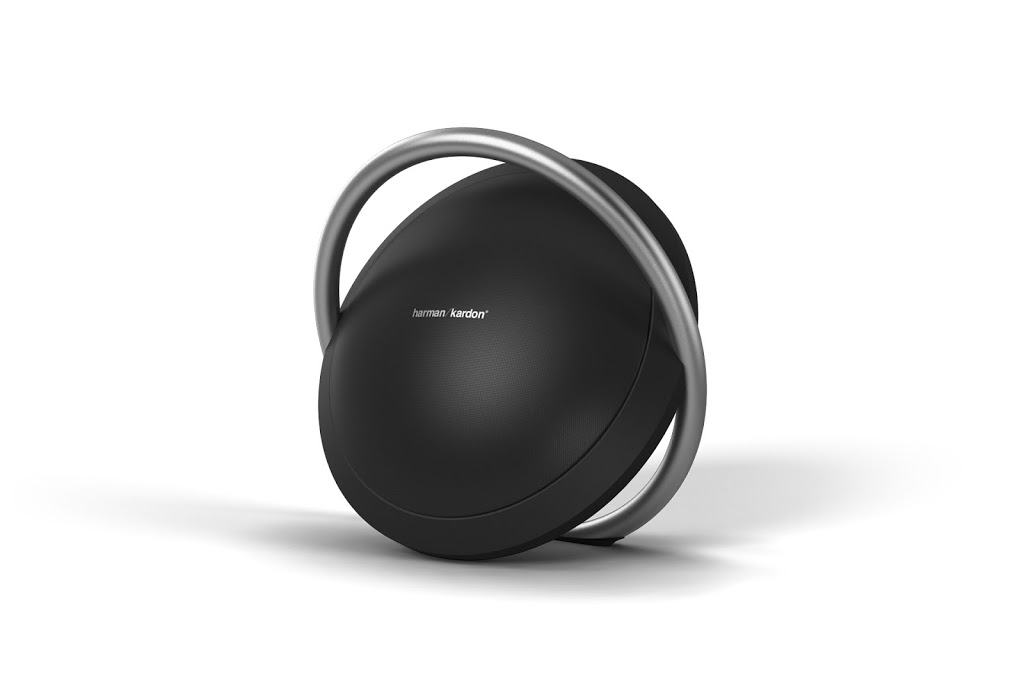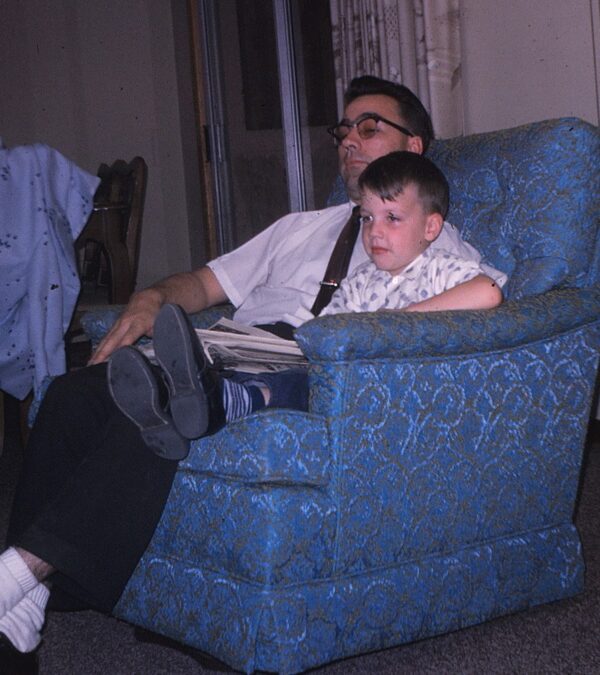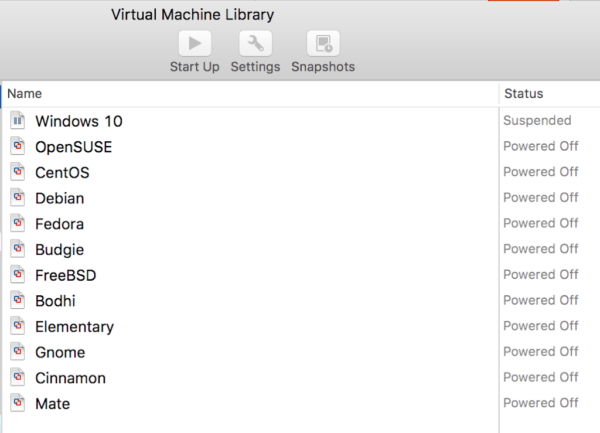Good Morning. I am the proud mother of a great American hero from Keizer Oregon, PFC Ryan J Hill. I want to begin by thanking Glenn for this opportunity to share our story. And a very special thanks to all of you who set aside a few moments to honor some very brave men and women.
Memorial Day for many means a day off, great shopping deals, family barbecues, camping, the beginning of summer; honoring loved ones who have passed or veterans who have served. While all these are great, it really doesn’t represent what Memorial Day is really about. Memorial Day is the one day set aside to honor those who made the ultimate sacrifice in defending and protecting the freedoms that we all enjoy. Since the American Revolution almost 670K men and women have been killed in combat.
Before I go into the events that have brought me here today, I would like to give you a glimpse of who Ryan was.
On April 26, 1986 at 2:00 in the afternoon God entrusted me with one of him most precious treasures, Ryan J Hill. As a single mom it was up to me to teach and guide him. Little did i know that he would in the end be the one to teach and guide me. Ryan had a compassionate heart from the beginning. He was always drawn to the underdog. I didnt want him to be the outsider while growing up as I had been, so i really tried to help him be cool and hang out with the “right” people.
(Story of andy, Aaron and Mike)
Ryan was sharp and a quick learner. I should have known when he came home from the first day of school in the second grade at Keizer Elementary and I asked how was school and he said stupid….
When he attended McNary High school my biggest concern was, would he fit in. High school can sometimes be brutal. Little did I know he would ace the social aspects, but given his view in the first grade of “I’ve already done that” his academics left a little to be desired. He would finish High School at the Oregon National Guard Youth Challenge Program, a military school. He originally went to make up credits so he could graduate on time, but he ended up completing 2 1/2 years in 5 months with an a minus average. It was obvious that he excelled in this environment. His nickname…make me do push ups please.
Just to give you some insight into his mindset, Ryan loved football and played at McNary……..
In July 2005 he would leave for Ft Benning where he would attend Boot Camp and AIT and would go on to be assigned to the 1/26th Infantry Division (Big Red One) in Schweinfurt Germany. When he was in boot camp the drill sgt said as Ryan reached for a piece of cake, Hill you eat that cake your gonna do push-ups; Ryan’s response “I’m gonna do push ups anyway” so he reached for a second piece.
In July 2006 I got the call from Ryan that they were deploying to Iraq into a very bad area. He said to me Mom if i come home God has more for me to do, if I dont then I’ve finished my job.
On Friday January 19th a little after 8pm the earth stood still… I got the dreaded knock on the door. I looked out the peep hole and there they were 2 officers in uniform. I opened the door and told them they weren’t supposed to be there. Shortly after midnight in Baghdad Ryan’s group would be making their final patrol of the night, an IED that was command-wire detonated by cowardly insurgents hiding in the shadows would steal a great man. The unit would come under several hours of heavy fire and Ryan would be the only KIA for Charlie Company that night. Although Ryan was the first among many killed on the deadliest day. Ryan had finished his job. God Almighty said okay you’ve had enough and allowed him to go home. See several of Ryan’s fellow soldiers had already been killed and he took each loss personally. Just like his job here was to protect his family and friends, he viewed his job there as to protect his fellow brothers. In fact he always wanted to be in the lead vehicle which was most likely to be attacked. So when there was a loss he felt like he had failed. I believe he was spared from events that were to come. The attacks got more severe. As the unit found ways to mitigate the insurgents actions, it caused the cowards to escalate the type of attacks they would use. In June 2007 Charlie Company would receive an award at the US embassy from special forces with Ryan’s name on it for the work that was done on January 20th.
The Blue Spader Task force is considered the hardest hit since Vietnam. The commanders were continually asking for help but the requests seemed to go unanswered until July 2008 where the 110 who patrolled Adhimayah were replaced with a unit of over 1000. All in all the task force had 34 soldiers KIA, and 122 wounded. Charlie company suffered the most with fourteen men killed 9 of which were from Ryan’s second platoon.
In 2012 the Blue Spaders received the Presidential Unit Citation for extraordinary heroism against an armed enemy.
One of my sons biggest fears is that he would be forgotten. And today you have sent a message that we remember. I remember getting a phone call from him after one of his brothers had been killed. It was during election time and he was struggling from all the negative news reports about the war. He said Mom my friends are dying for people who don’t give a rip. All they care about is did the barista get my coffee right, o did you know Brittney Spears is bald, Lindsey Lohan has a drug problem, what in the world am I fixing for dinner? Meanwhile my buddies are dying and not only do people not know who they are, they don’t care. I reminded him that he told me after he got to Iraq; Mom don’t watch the news it’s really not what’s happening. So don’t watch the news it doesn’t represent all of Americans.
The question for you is do you care? As you drive up and down the freeway and you see my license plate that says “gold star family” do you know what that means? (well probably most of you do, or do now). Please don’t get me wrong with what I am about to say. I don’t want your sympathy. I just want you to think about your freedom, the price that has been paid for it, and not take it for granted. For you to truly understand you would have to experience it. And that is really something I wouldn’t wish upon anyone. Imagine your child or grand child one day stolen from you. Not just them, but of their hopes and dreams, their future, the children that you will never know. Perhaps their son or daughter would have been the one to walk on mars, or discover the cure for cancer or be the next brilliant president. Or perhaps they would have been just like Ryan and been one of the most kind, funny, and loving person you ever met, whose goal in life was to protect their family and friends and to make a difference.
There are many days when I am out and observe people and wonder, does anyone remember? As I watch them go about their lives, I wonder do they know the price that was paid for them to drive thru Starbucks safely and buy a coffee or push the granddaughter on the swing at the park. You see for Gold Star families we live Memorial Day every day. This is my 10th Memorial Day since Ryan was killed and yet it seems like it was still yesterday.
On October 5, 2006 Ryan sent a small group of us this email: “2 days ago one of my good friend was lost for doing his duty for our country. He was shot by a sniper and didn’t get a chance to shoot back. He was doing what he was asked of him regardless of the risks at hand. I ask that as you read this you hold a moment of silence within yourself for another of America’s finest that lost the battle he was told to fight. I ask that you remember your freedoms and that we willingly gave ours up to protect our loved ones back home. That you keep us in your thoughts and prayers in good times and in bad. Because to tell you the truth all we wanted was a better life for us and our loved ones. Some of us won’t make it back from this place and we shall never forget them. The rest of us who are here will keep fighting for you and those you love. Thank you for reading my thoughts and the few minutes it took our of your lives….”
So one thing I ask is that as you drive around going about your day being a productive member of the community pause once in awhile, maybe when you see that glorious flag flying, and just whisper thank you.
In closing I would like to challenge with a quote from Ryan’s my space… “A True Champion is one who wants to make a difference, never gives up, works hard and never gives up their dream”. So for Ryan, go be a champion.
Thank you. Freedom isn’t free.



